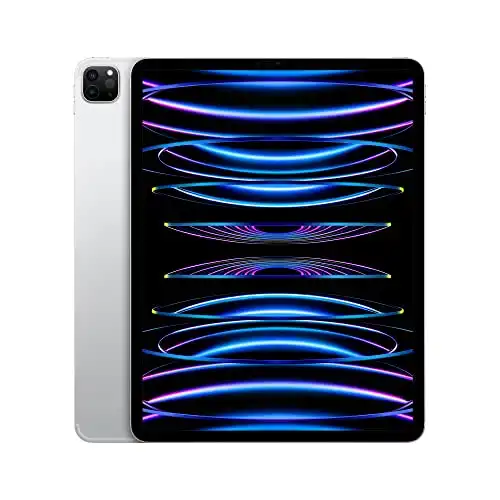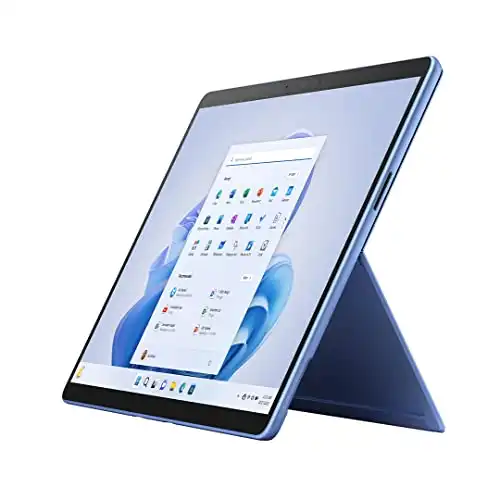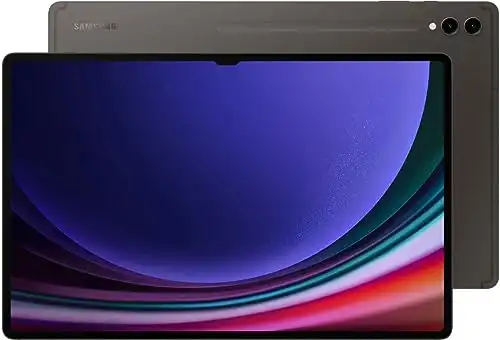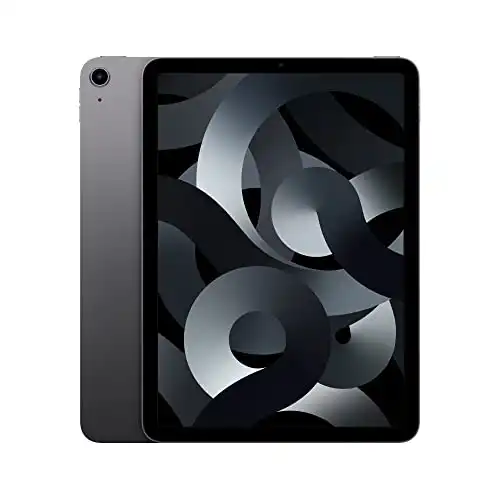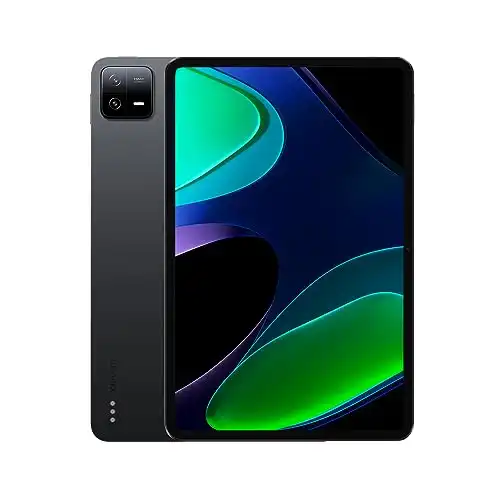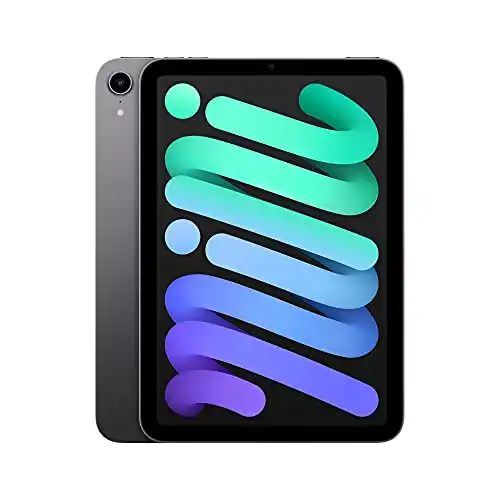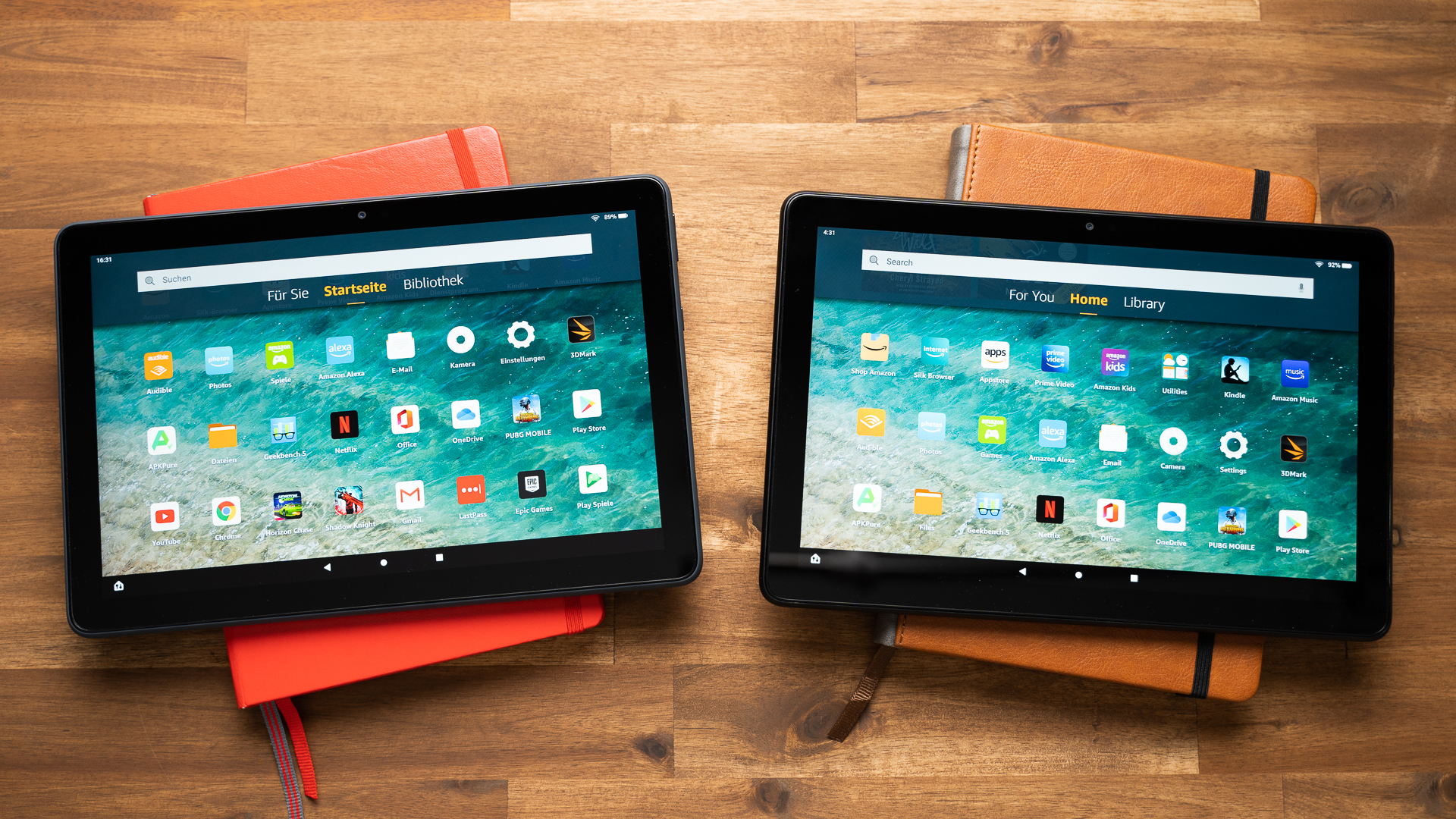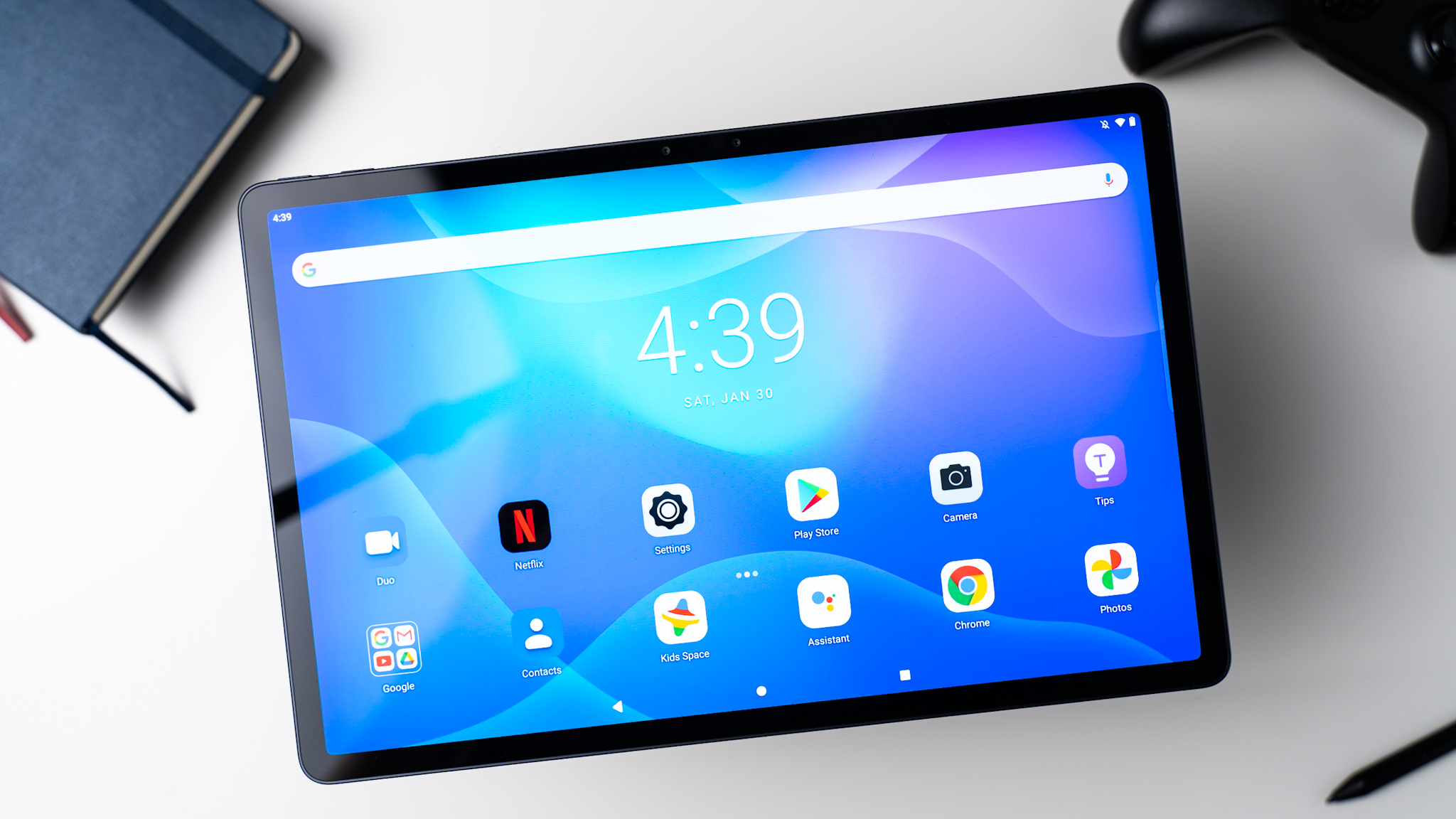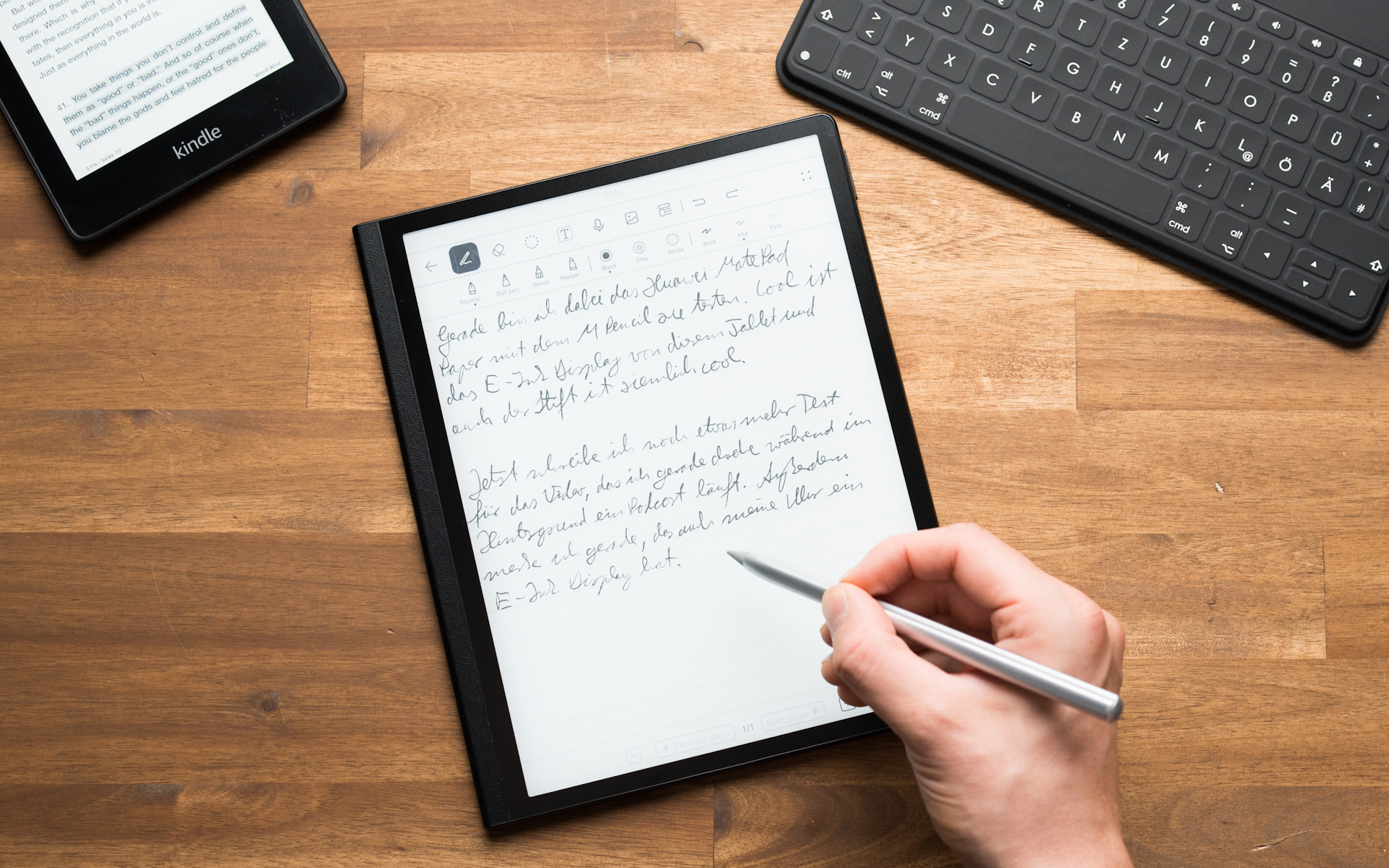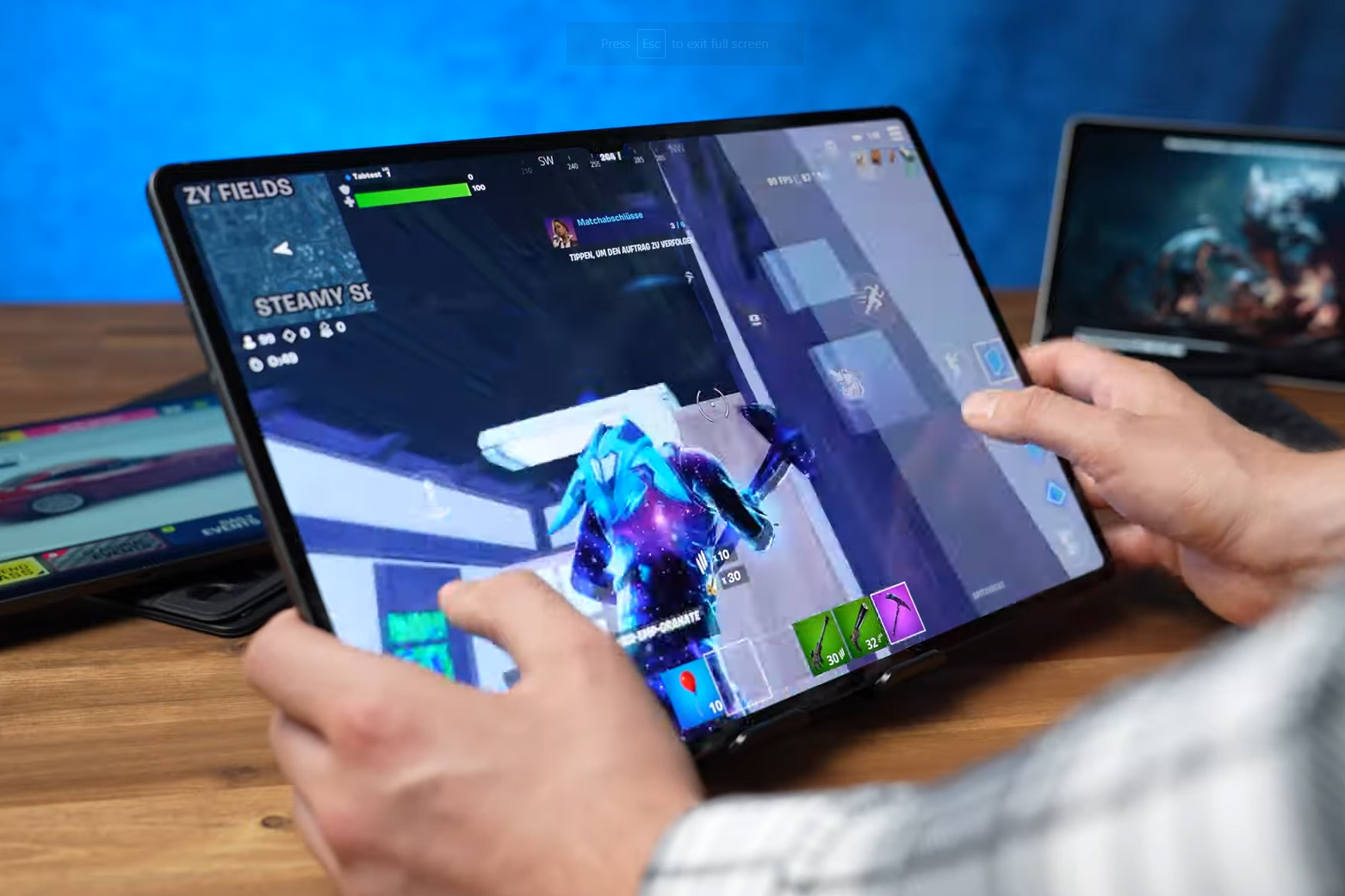Android
The 6 Best Tablets for Video Editing | 2024 Edition
Need a tablet for video editing? Our list has all the best tablets no matter your preferred OS.
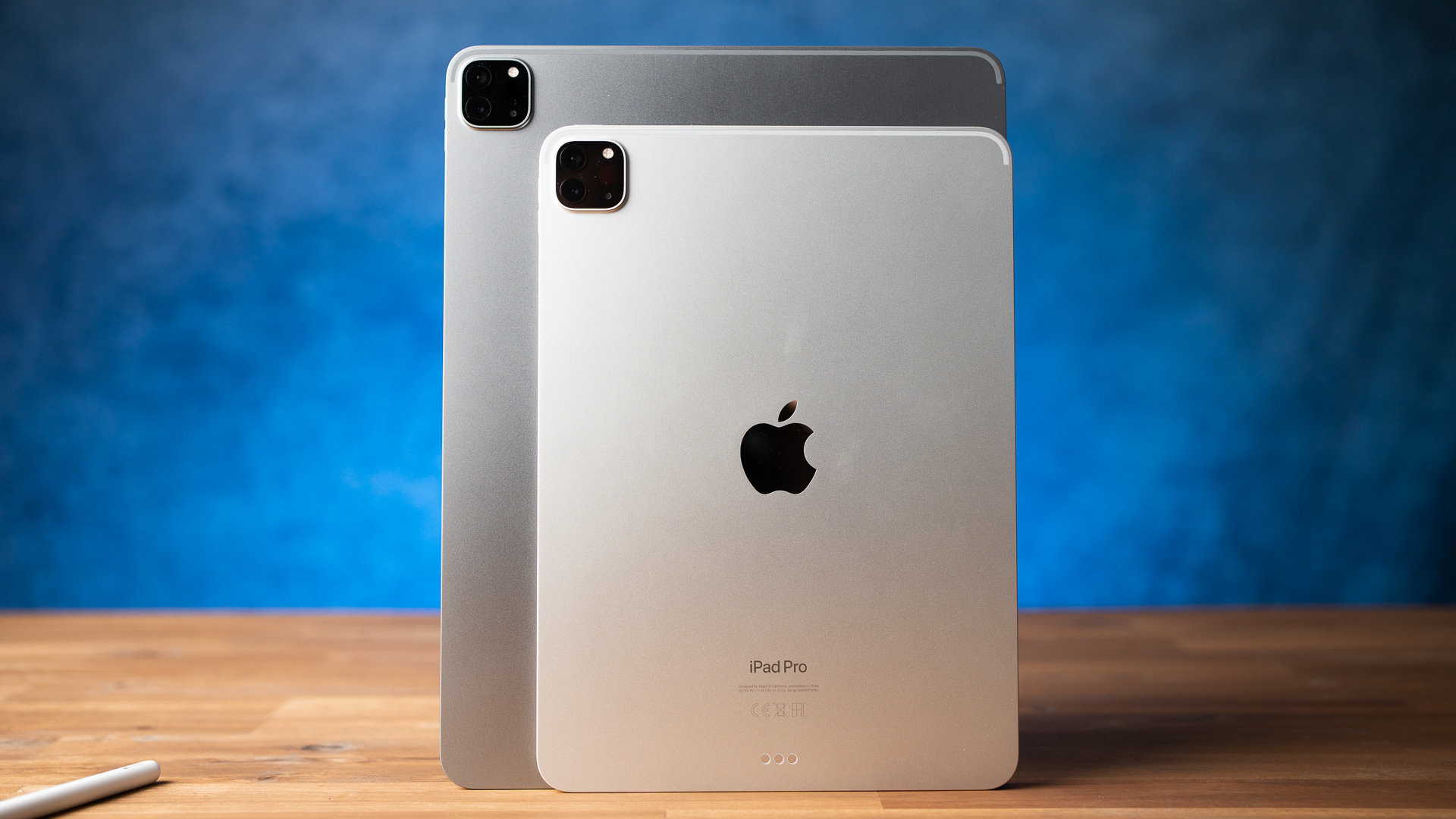
Video editing used to be solely for laptops and desktops, but that’s no longer the case. With faster processors, better displays, and mature mobile video editing suites available, the best tablets for video editing show that you can get a lot of work done with only a touchscreen. Whether you’re an Android, Windows, or iOS fan, we’ve got you covered here.
We’ve reviewed a lot of tablets since we started covering tablets 2008, so we know what we’re talking about. Rest assured, our list will point you in the right direction.
If you’re more of a Photoshop user, check out our list of the best tablets for Photoshop instead.
The Best Video Editing Tablets: An Overview
- Best video editing tablet overall: Apple iPad Pro 12.9” (on Amazon). An excellent CPU, brilliant display, plenty of RAM, and up to 2TB of storage—what more could you want from a video editing tablet?
- Best Windows video editing tablet: Microsoft Surface Pro 9 (on Amazon). Microsoft’s highest-end 2-in-1 convertible runs Windows 11, so you can install full-fledged video editing apps and not deal with mobile app compromises.
- Best Android video editing tablet: Samsung Galaxy Tab S9 Ultra (on Amazon). A 14-inch AMOLED display and flagship Qualcomm CPU make the Tab S9+ an excellent video editing tablet for those who prefer android.
- Best Value iOS Video Editing Tablet: Apple iPad Air (on Amazon). The Apple iPad Air has flagship-level performance courtesy of its M1 CPU, with the only issue being the limited storage on the base model.
- Best Value Android Video Editing Tablet: Xiaomi Pad 6 (on Amazon). Xiaomi’s Pad 6 is a great-value tablet that’ll handle general video editing tasks without major issues or overly intrusive lag. It’s not for heavy, multi-layered projects but will do fine with almost anything else.
- Best Small Video Editing Tablet: Apple iPad Mini (on Amazon). The iPad Mini’s combination of compact dimensions and flagship-level power makes it an ideal—if niche—companion for video editors who prioritize mobility and portability above all else.
Best Video Editing Tablet Overall: Apple iPad Pro 12.9”
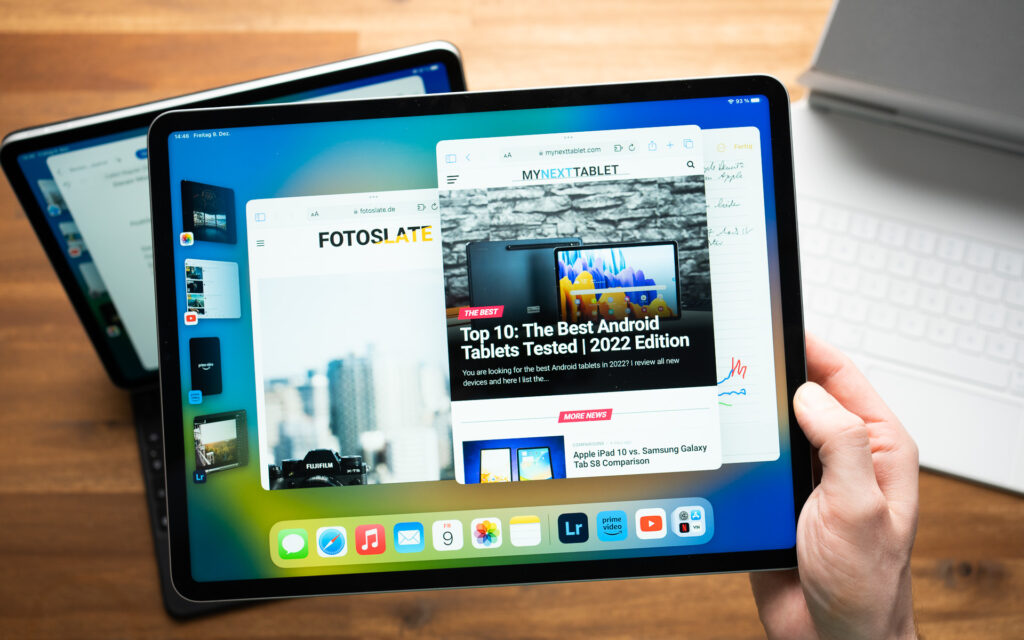
Apple’s flagship iPad Pro has everything you need for a great video editing experience on the go: a large, high-contrast screen, an ultra-powerful processor, and a lot of RAM and storage. If money’s no object, this is one of the tablets you have to consider.
Apple’s iPad Pro 12.9” packs the company’s high-end M2 processor, a laptop-grade processor with enough grunt to convert a 10-minute 4K video to 1080p in only 1 minute and 19 seconds. It’s a fantastic CPU for video editing and other intensive tasks, and you’re not likely to get anything better in a tablet until Apple releases an M3-powered iPad Pro. Couple this powerful CPU with 8GB or 16GB of RAM and up to 2TB of storage, and you have all the hardware you need to edit high-resolution videos without needing a dedicated editing computer.
Of course, the internals are only half the picture: video editing demands a high-quality screen, and that’s precisely what you get with the iPad Pro 12.9”. The 2732 x 2048 Liquid Retina XDR display uses mini LEDs to offer OLED-like contrast levels, with 1000 nits of typical brightness and a peak brightness of 1600 nits. The display is also HDR10 and Dolby Vision certified, with hardware-level playback support as well. So you’ll be able to edit HDR videos on the iPad Pro 12.9” without resorting to a separate HDR-capable device.
The Apple iPad Pro 12.9-inch is the best 12-inch tablet on the market today. It features a super-fast Apple M2 chipset and has a very pretty Liquid XDR display with deep blacks. You can get it with the Apple Pencil 2 and an Magic Keyboard.
The screen does have a minor blooming issue that creates halos around bright colors on dark backgrounds, but it’s reasonably well-controlled. It shouldn’t be a problem if you work with typical video content shot on cameras and smartphones.
The iPad Pro 12.9” also supports Apple’s pro-grade ProRes video codec, so your iPad Pro will integrate seamlessly with a Final Cut-based workflow if necessary. Apple’s newest iPad Pros can also shoot ProRes video, so the iPad Pro 12.9” will also be helpful if you need to capture footage for your projects. We’d still recommend an iPhone for that, if only due to the iPad Pro’s sheer size, but it is an option you could take advantage of if necessary.
There’s a lot to like about the Apple iPad Pro 12.9”, but it does come at a hefty cost. The iPad Pro 12.9” starts at $1099, and you can push the price up to $2400 if you opt for 2TB of storage and cellular connectivity. But if you’re a mobile-first video editor and need a tablet that’ll handle any editing task you throw at it, this is the tablet to get.
Read: Our Apple iPad Pro 12.9” review
Best Windows Video Editing Tablet: Microsoft Surface Pro 9
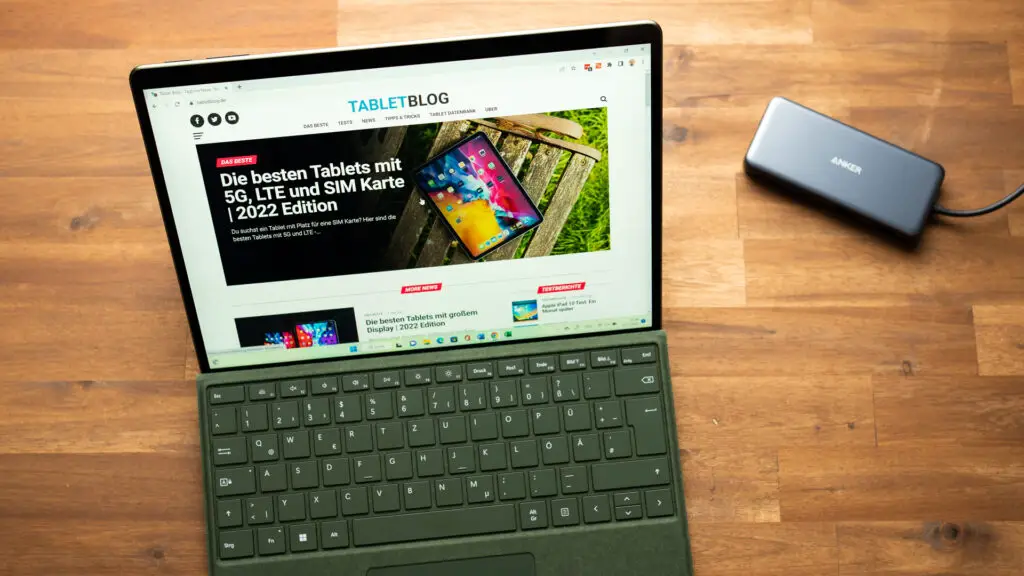
Microsoft’s Surface Pro 9 is the company’s iPad Pro competitor and competes well with Apple’s finest. Sure, it may not have the raw grunt of its Apple M2-equipped rival, but the Surface Pro 9 has one notable advantage for video editors: Windows. Intel-equipped Surface Pro 9 tablets run standard Windows 11, so you won’t have to deal with cut-down mobile versions of video editing programs.
The Surface Pro 9 comes in Intel and ARM versions, although we only recommend the former. You can choose between two mobile Intel CPUs: the Core i5-1245U and Core i7-1265U. Both of these are 10-core CPUs and only differ in maximum clock speeds (4.40GHz vs. 4.80GHz). Storage options start at 128GB and go up to 1TB, while RAM maxes out at an impressive 32GB. It’s worth noting that the Surface Pro 9 uses M.2 2230 SSDs for storage, which you can easily remove and upgrade yourself if necessary.
However, the Surface Pro 9 stumbles slightly regarding the display. While the 13-inch, 2880 X 1920 screen is adequate for most users, it doesn’t have the OLED-like contrast, brightness, or HDR10 support of the Apple iPad Pro 12.9”. While we found the color accuracy and contrast good by our standards, we’re not professional video editors. The screen will be fine for editing and splicing together footage, but you may want to double-check your color grading choices on a pro-grade monitor just to be safe.
The Microsoft Surface Pro 9 is the best Windows tablet you can buy at the moment. It offers a premium built, newest Intel processors, a pretty 120Hz display, as well as fantastic accessoires with the Slim Pen 2 and Signature Keyboard. Sadly, the battery life is short and not much has changed compared to the Surface Pro 8.
Microsoft’s main advantage is that the Surface Pro 9 runs a standard installation of Windows 11. The software and OS experience are identical to a PC or laptop, so you can install Adobe Premiere Pro instead of dealing with Premiere Rush’s altered feature set. Of course, how important this is will depend on your preferred workflow and editing suite. If you need Premiere Pro, this is the tablet for you. But if you’re used to LumaFusion (for example), then this won’t matter quite as much.
Overall, Microsoft’s Surface Pro 9 is a compelling option if you want a Windows video editing device but prefer the flexibility of a 2-in-1 Windows tablet over a laptop. However, it’s far less appealing if you don’t need to run full-fledged Windows video editing apps. If that’s the case, we’d recommend first considering the Apple iPad Pro 12.9” for its better display.
Read: Our Microsoft Surface Pro 9 review
Best Android Video Editing Tablet: Samsung Galaxy Tab S9 Ultra
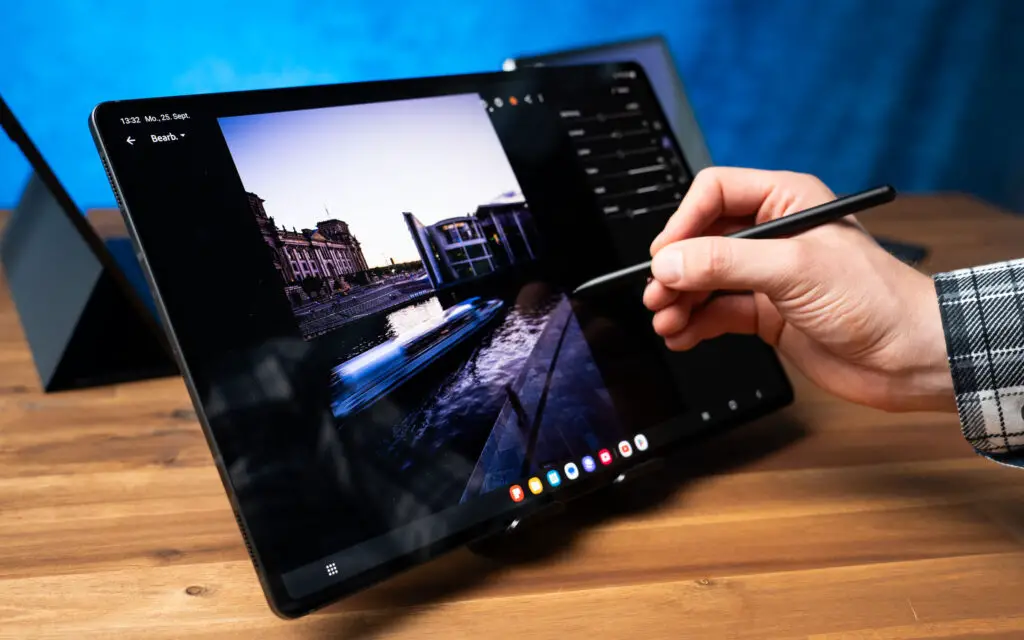
Samsung’s flagship Galaxy Tab S9 Ultra is one of the best Android tablets out there, combining an excellent OLED screen with a top-of-the-shelf Qualcomm processor and a healthy amount of RAM. If you prefer using Google’s OS, this is the video editing tablet to get.
Let’s start with the star of the show: the display. The Tab S9 Ultra has a roomy 14.6-inch Dynamic AMOLED 2X screen with a healthy 2960 x 1848 resolution and 120Hz refresh rate. It doesn’t get quite as bright as the Apple iPad Pro 12.9”, but its bona-fide OLED technology gives it virtually infinite contrast with no blooming or other local dimming-related artifacts. The display is also HDR10+-certified, so editing and creating HDR content shouldn’t be an issue on the Tab S9+.
The processor is a Qualcomm Snapdragon 8 Gen 2, the highest-end Qualcomm offering when the Galaxy Tab S9 Ultra launched. This octa-core part is one of the best-performing CPUs in the Android ecosystem. It will handle most video editing tasks without issue, aided by the 12GB or 16GB of RAM that comes with it.
However, even that much RAM can’t stop the Galaxy Tab S9 Ultra from lagging behind the Apple M2 in some tests. For example, the Samsung tablet takes 2 minutes and 10 seconds to convert a 10-minute 4K video to 1080p, compared to the 1 minute and 19 seconds of the M2-equipped Apple iPad Pro.
The Samsung Galaxy Tab S9 Ultra is the best Android tablet on the market today. It features a very pretty 14.6-inch AMOLED screen, comes with a powerful Qualcomm Snapdragon 8 Gen 2 processor, and the S Pen is included. You get all the premium features you can think of including a fingerprint scanner, a water and dust resistant body, as well as optional keyboard covers.
Samsung offers the Tab S9 Ultra in 256GB, 512GB, and 1TB variants. If the maxed-out 1TB model isn’t enough, the included microSDXC slot allows for an extra 1TB of additional storage.
Samsung’s DeX is also a handy feature, letting you edit videos with the aid of Bluetooth peripherals and even an extra monitor. Use it with the DeX-optimized LumaFusion, for example, and you’ll get a remarkably full-featured and desktop-like experience from a 12-inch tablet.
While the Samsung Galaxy Tab S9 Ultra may not quite have the raw power of the Apple iPad Pro 12.9” or the Windows apps of the Microsoft Surace Pro 9, it’s still a very competent video editing tablet. It has the best display of the three and is your best bet if you want to stick to Android for your mobile video editing needs.
If the Tab S9 Ultra is a bit too pricey for your needs, you can step down to the Samsung Galaxy Tab S9+ or Tab S9. These have the same CPU but have smaller screen sizes and slightly altered memory and storage configurations.
Read: Our Samsung Galaxy Tab S9 series review
Best Value iOS Video Editing Tablet: Apple iPad Air
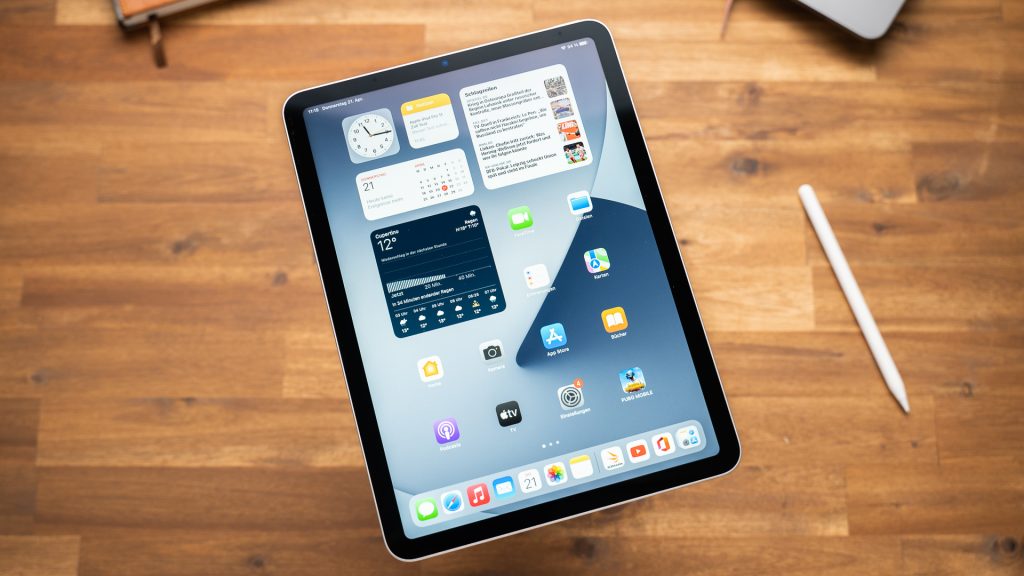
Apple’s iPad Air offers a good compromise between specs and price for Apple-friendly video editors. It rocks an Apple M1 processor and a healthy amount of RAM at a reasonable price—at least, compared to the flagship iPad Pro models.
The iPad Air’s Apple M1 CPU may have come out in 2020, but this eight-core processor still packs a hefty punch. It still scores better in GeekBench 5’s compute, multi-core, and single-core tests than the flagship Qualcomm Snapdragon 8 Gen 2, so it shouldn’t have any issues with video editing software, whether it’s DaVinci Resolve or Final Cut Pro.
You get 8GB of RAM on the iPad Air, which, while not the most RAM you can get on a tablet, should still be enough for content creation and more mainstream video editing. Apple’s excellent memory management helps here too, of course.
The Apple iPad Air 5 is a fantastic premium tablet. It's cheaper than the iPad Pro but offers the same super-fast Apple M1 processor. We get a premium metal body, good speakers, a fingerprint scanner, two keyboard options, and the fantastic Apple Pencil 2. The 10.9 inch LCD screen is a good one but a bit darker than the Pro and supports 60Hz only.
This 5th generation iPad Air sports a 10.9-inch Liquid Retina IPS display that runs at 2360 x 1640. It has no HDR certifications, but it’s a bright, sharp screen with great colors that should be perfect for video editing. It is only 60Hz, but that isn’t an issue for video editing unless you’re working with particular use cases. After all, YouTube still only supports 60 FPS videos.
Unfortunately, storage is a slight issue on the iPad Air. As with all of Apple’s non-Pro tablets, the base iPad Air—which still costs a not-insignificant $600, mind you—only comes with 64GB. That’s likely not enough for storing raw video files, so most of you will want to step up to the 256GB model. Unfortunately, this will set you back an extra $150.
You do get a lot of performance for the price, though, and it handily outpaces any other tablet you can get for less than $800. So, if you can’t quite stretch to the iPad Pro 12.9” but still want a blazing fast, editing-capable tablet, the iPad Air might just be what you want.
Read: Our Apple iPad Air review
Best Value Android Video Editing Tablet: Xiaomi Pad 6
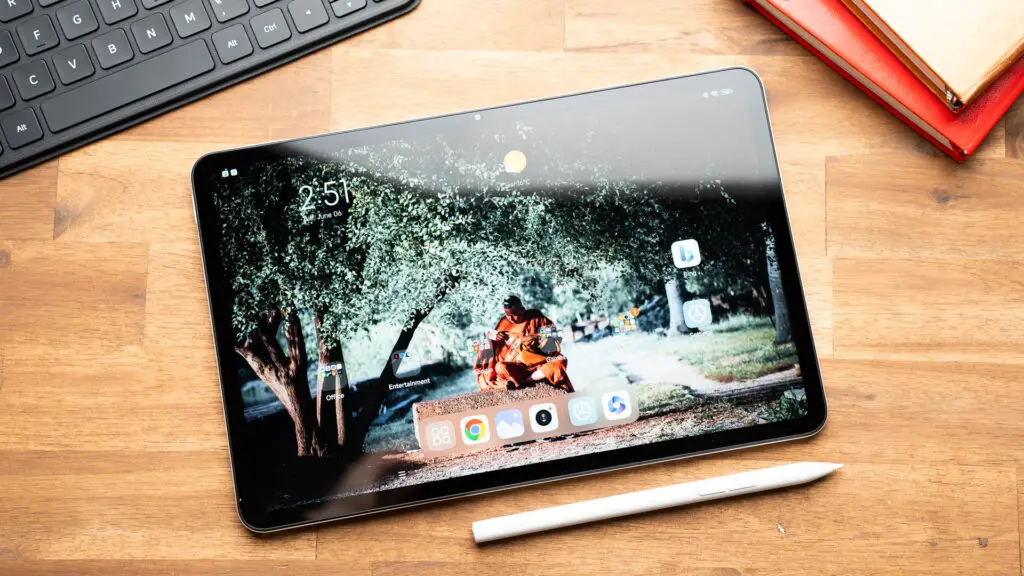
Xiaomi’s Pad 6 tends to pop up regularly when we discuss great-value Android tablets, and for a good reason. It combines a decent mid-range price with solid hardware that provides a decent video editing experience. It’s not a flagship tablet, of course, but it’ll do the job just fine—with limitations, of course.
The Xiaomi Pad 6 uses the 8-core Qualcomm Snapdragon 870, which is still a reasonably capable CPU even in 2024. It’s no Apple M2 or Snapdragon 8 Gen 2, but it’s capable of general video editing tasks without too many issues. It’s not going to handle ultra-complex projects with a lot of 4K footage and a ton of effects, but this older Qualcomm CPU should handle simpler tasks fine. The 6GB or 8GB of RAM on the Pad 6 helps here, too.
You get an 11-inch IPS screen on the Pad 6, which runs at 144Hz with a resolution of 2880 x 1800. This makes for an impressive 310 pixels per inch, which helps text and icons stay sharp even in cramped and complex user interfaces like video editing apps. The screen also supports HDR10 and Dolby Vision for 10-bit color depth and HDR capabilities.
The Xiaomi Pad 6 offers a fantastic value. Even though it's quite affordable, it offers tons of flagship features like a metal body, a pretty 144Hz display, powerful hardware, and up-to-date software. You can get it with a keyboard and pen - however, some features like a fingerprint scanner are missing.
Xiaomi opted for a non-expandable 128GB or 256GB of storage on the Pad 6. Both storage options are certainly workable for video editing, and it’s nice to see 128GB of storage as a minimum. Still, we recommend having an external hard drive or thumb drive on hand to offload footage once you’re done working with it.
We won’t claim that Xiaomi’s Pad 6 is a flagship-beating video editing tablet, but it’s an undoubtedly great-value product for those who don’t necessarily demand the absolute best performance. If you’re a hobbyist or just starting out on a content creation journey, this may be the perfect tablet.
Read: Our Xiaomi Pad 6 review
Best Small Video Editing Tablet: Apple iPad Mini

Apple’s iPad Mini offers great performance in a small 8-inch package, making it an ideal choice for anyone needing a small video editing tablet. While it can’t hold a candle to the iPad Pro in raw power, it’s still a capable performer that’ll do a fine job with most tasks.
The iPad Mini doesn’t have one of Apple’s new M-series CPUs, so it doesn’t quite have the laptop-grade performance of its older siblings. Still, the six-core A15 Bionic CPU is an excellent performer that competes well with the best the Android ecosystem can offer. There’s enough processing power here for reasonably complex video editing, although you won’t be able to run Final Cut Pro on the Mini. The 4GB of RAM may appear limiting, but it should be enough for all but the most complex projects.
Storage is, as ever, the main issue: the 64GB of the base $500 model is likely too small for all but the most casual video editors. Given the lack of a microSD slot, you’ll have to pony up an extra $150 for the 256GB model. That’s still perhaps on the low side for video editing, but it’s a limitation you’ll have to live with here.
The Apple iPad Mini 6 is the best 8-inch tablet on the market today. It offers a premium design, is more powerful than every Android tablet, supports the Apple Pencil 2, and ships with up-to-date software. We get premium features like great speakers and a fingerprint scanner. Sadly, the otherwise excellent 8.3-inch screen has a jelly effect which is a bit of a bummer.
- Premium design
- Very powerful
- Good speakers
- Fingerprint scanner
- Apple Pencil 2 support
- Up-to-date software
- Display has jelly effect
- No phone capabilities
The iPad Mini’s 8.3-inch display is impressive, offering ultra-sharp visuals thanks to its 2266 x 1488 resolution. As with all of Apple’s Liquid Retina IPS screens, it provides great colors and contrast, plus a higher-than-average brightness of 500 nits. We (and many users) have complained about a jelly scrolling issue, but it shouldn’t be a huge problem here. The issue only shows up in portrait mode, and you’ll likely be editing videos in landscape mode on a display this small.
Apple’s iPad Mini fills a specific niche and is not a tablet for everyone. But it excels as a small, easy-to-pack travel tablet capable of shooting good-quality video and editing your footage into quick vlogs or holiday videos. We can’t quite recommend it for general-purpose video editing, but it’s the best option if you need the combination of small size and processing power it offers.
-
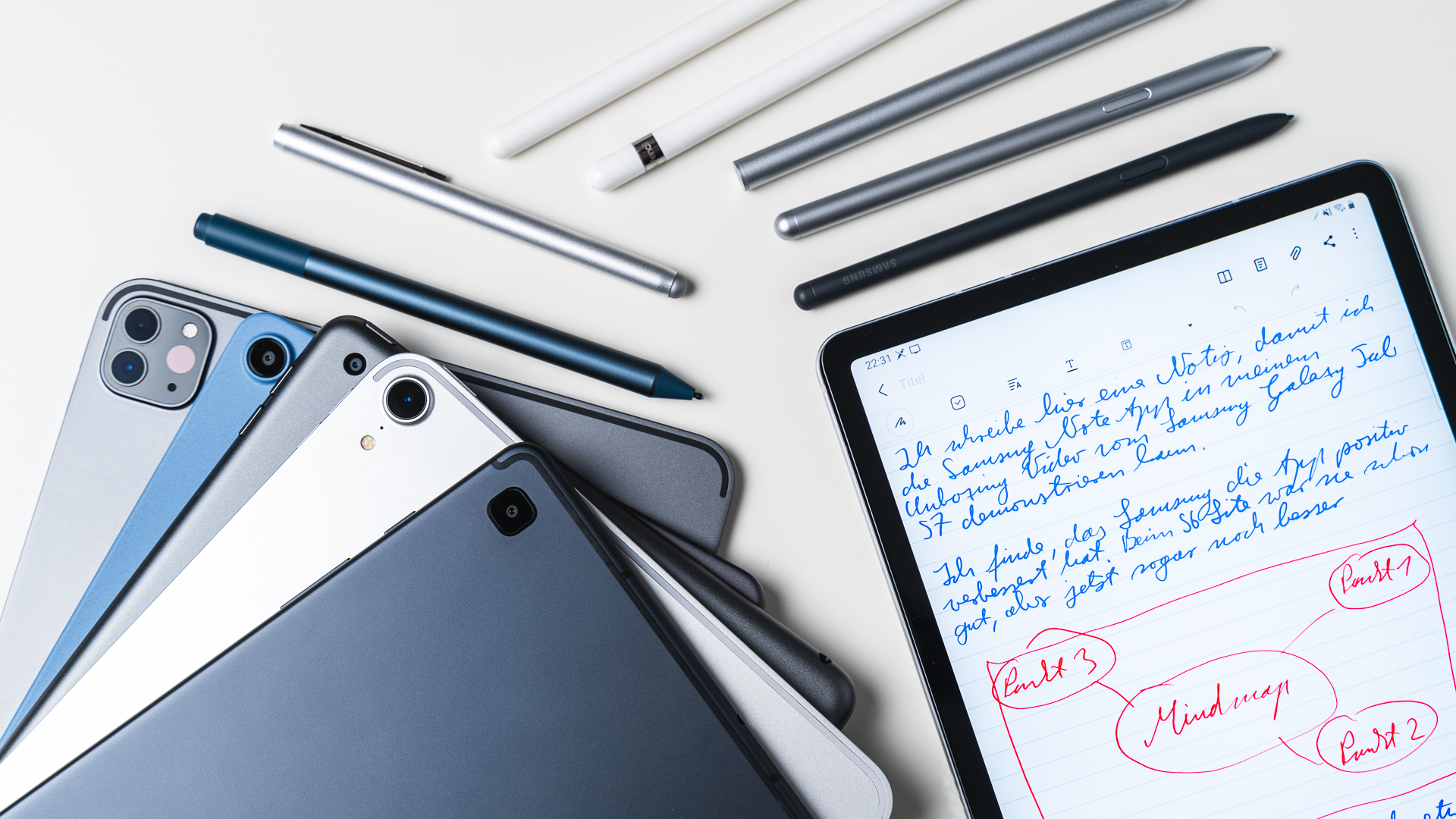
 The Best6 months ago
The Best6 months ago9 Best Tablets With Stylus Pen For Drawing & Writing | 2024 Edition
-
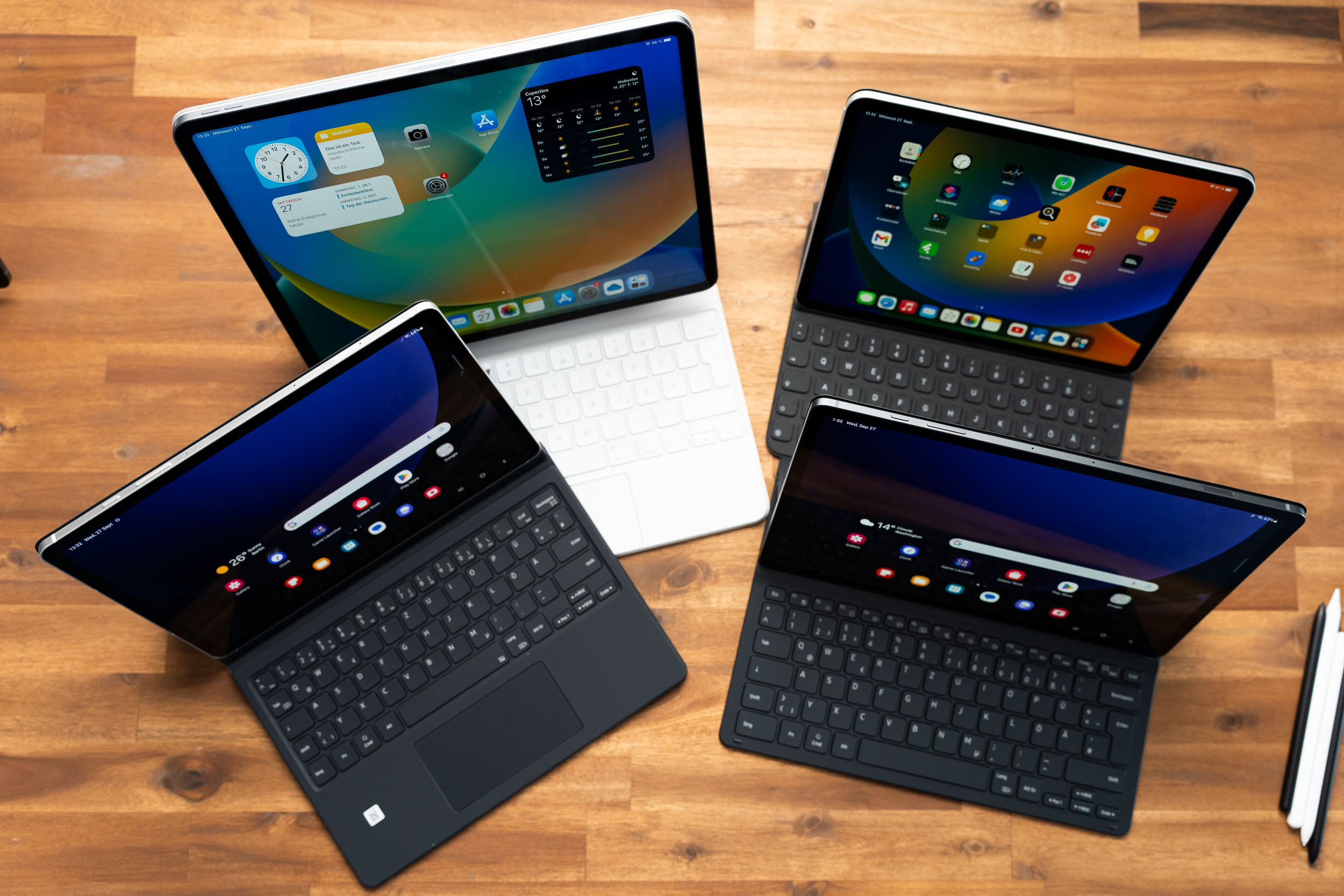
 The Best5 months ago
The Best5 months agoTop 10 Best Tablets with a Keyboard | 2024 Edition
-
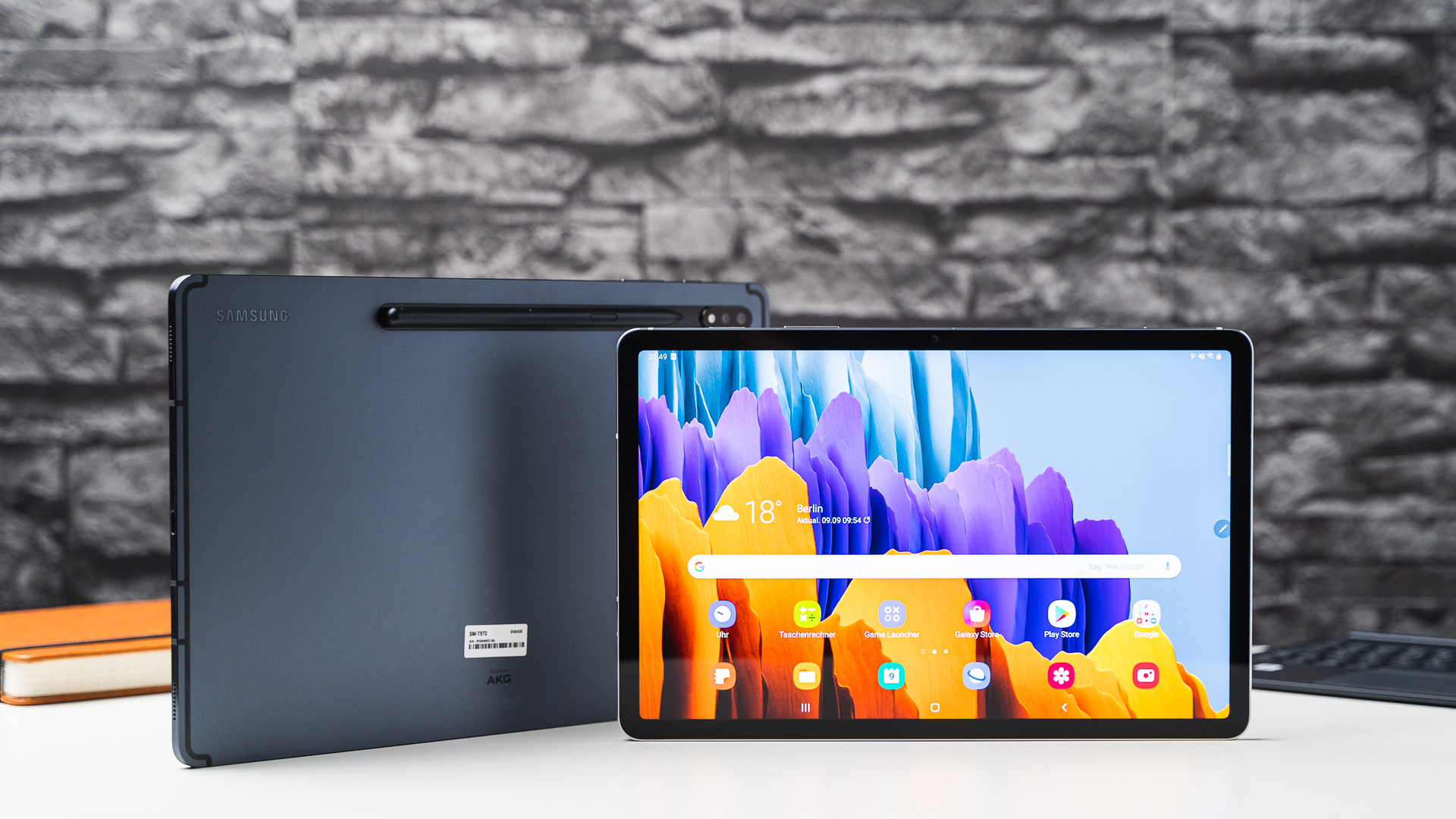
 The Best4 months ago
The Best4 months agoTop 15 Best Android Tablets Based On Real Reviews | 2024 Edition
-
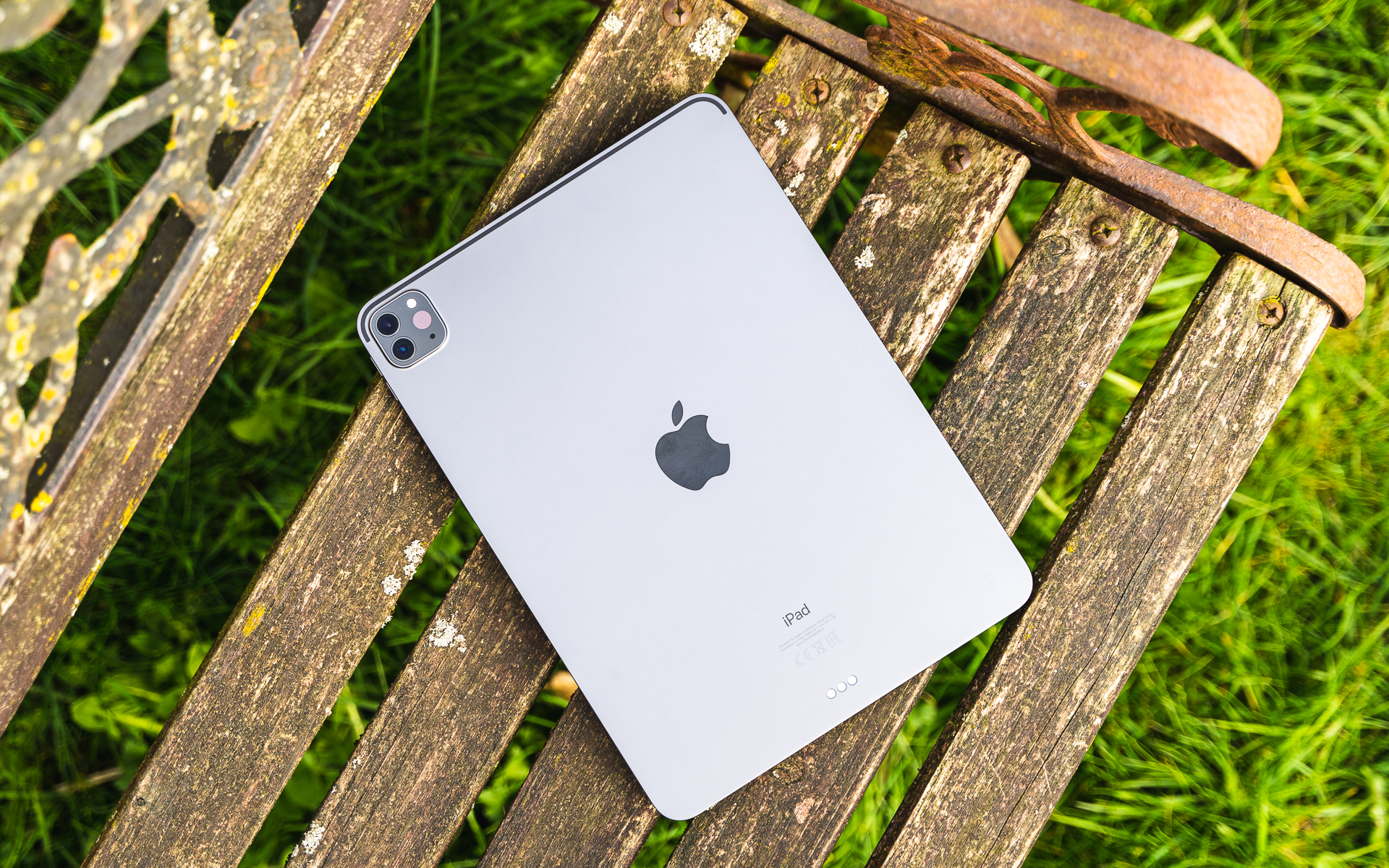
 The Best4 months ago
The Best4 months ago11 Best Tablets With 5G, 4G LTE & SIM Card Slot in 2024
-
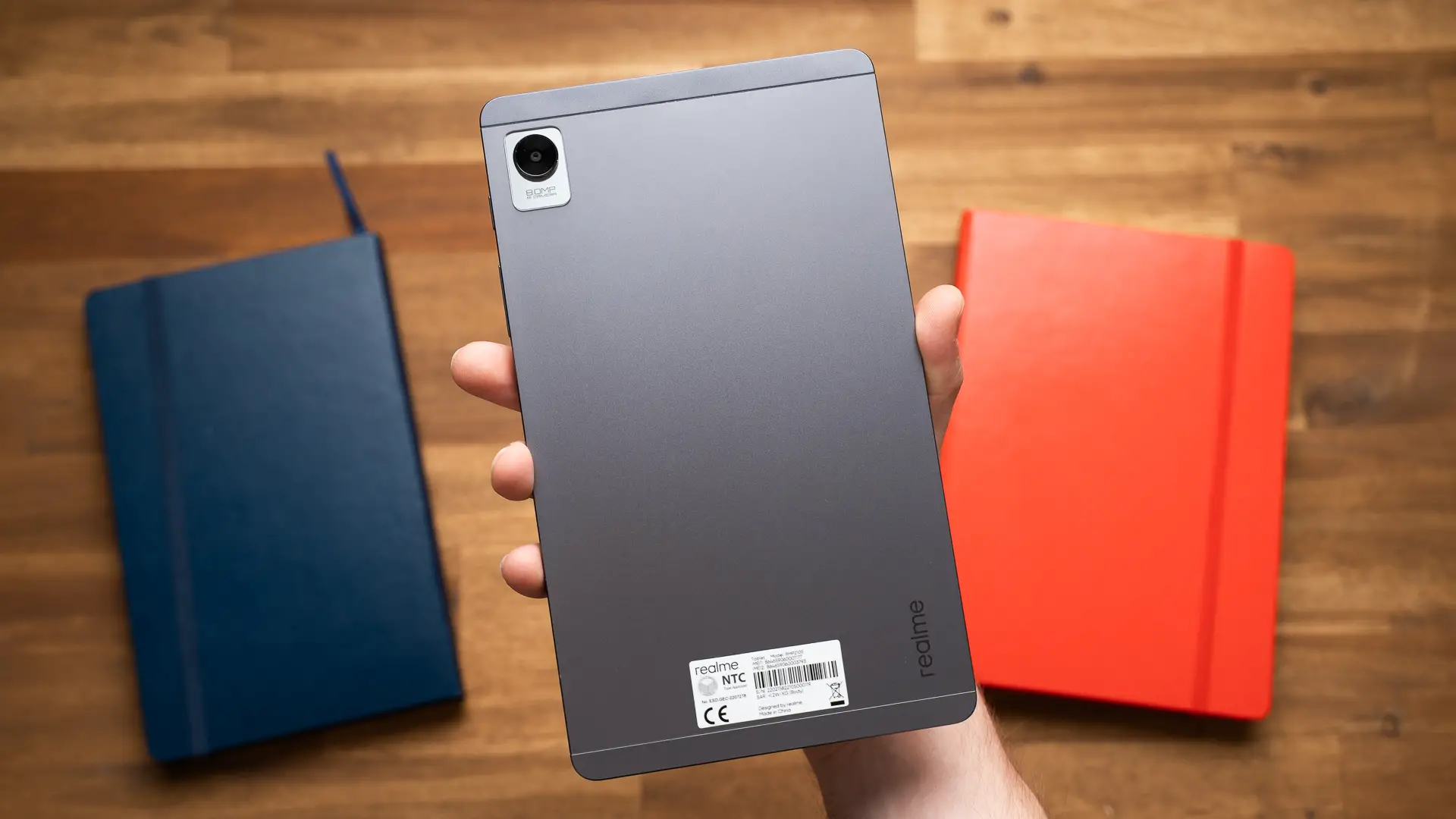
 The Best4 months ago
The Best4 months ago6 Best 8-Inch Mini Tablets Review & Comparison | 2024 Edition
-
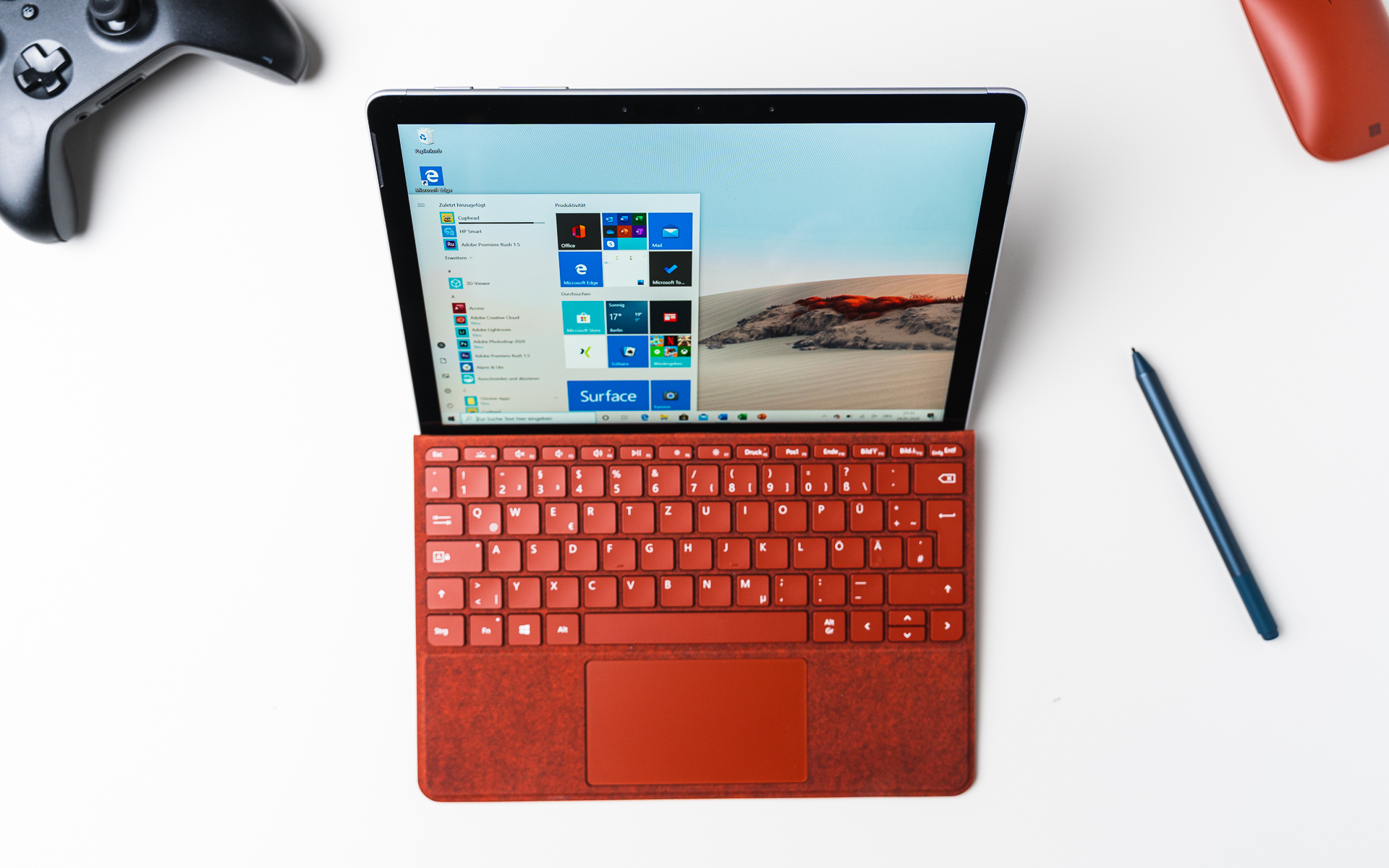
 The Best5 months ago
The Best5 months agoTop 3 Best Windows Tablets You Can Buy Today | 2024 Edition
-
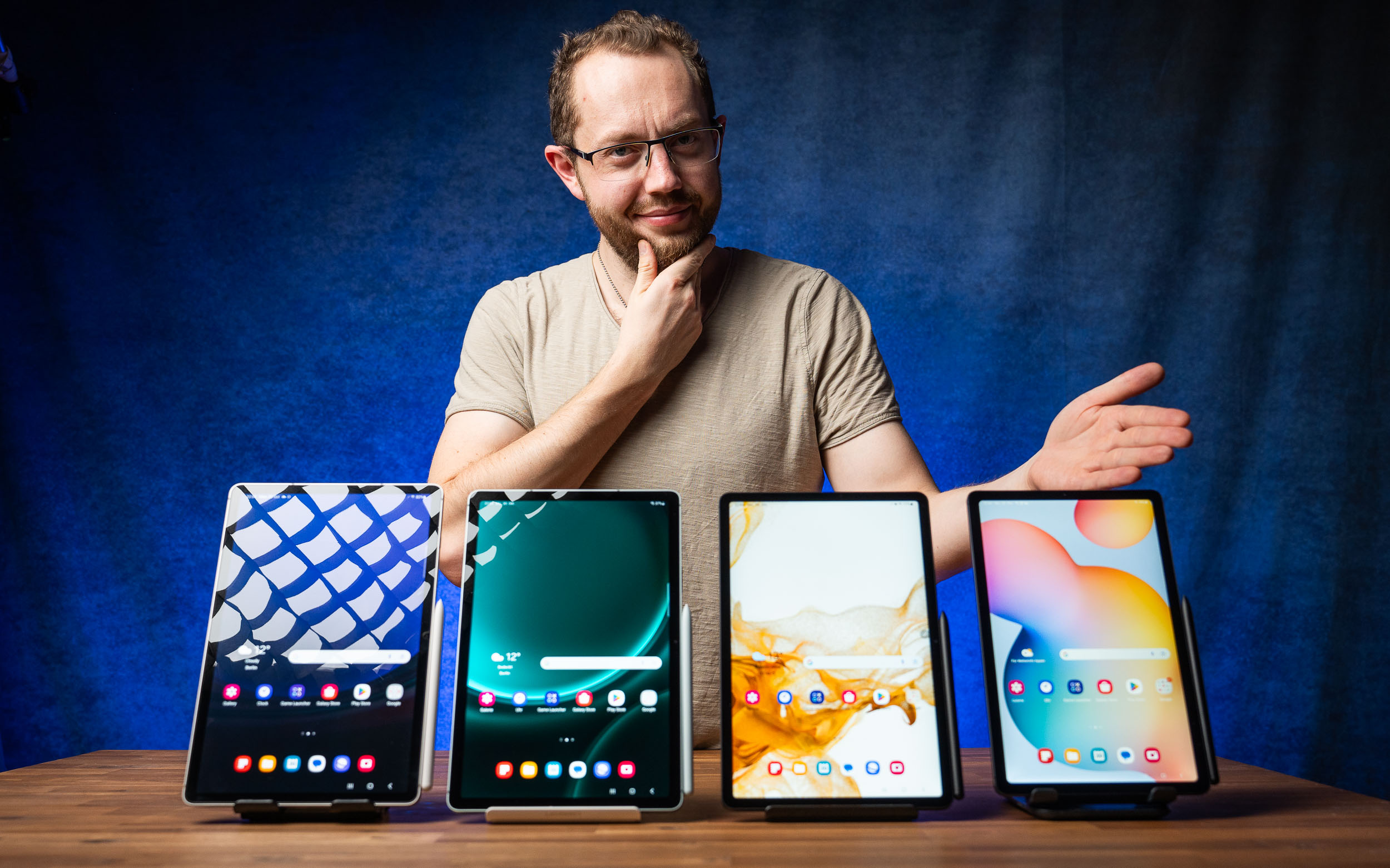
 The Best6 months ago
The Best6 months agoThe 8 Best Samsung Tablets: Our Big 2024 Comparison
-
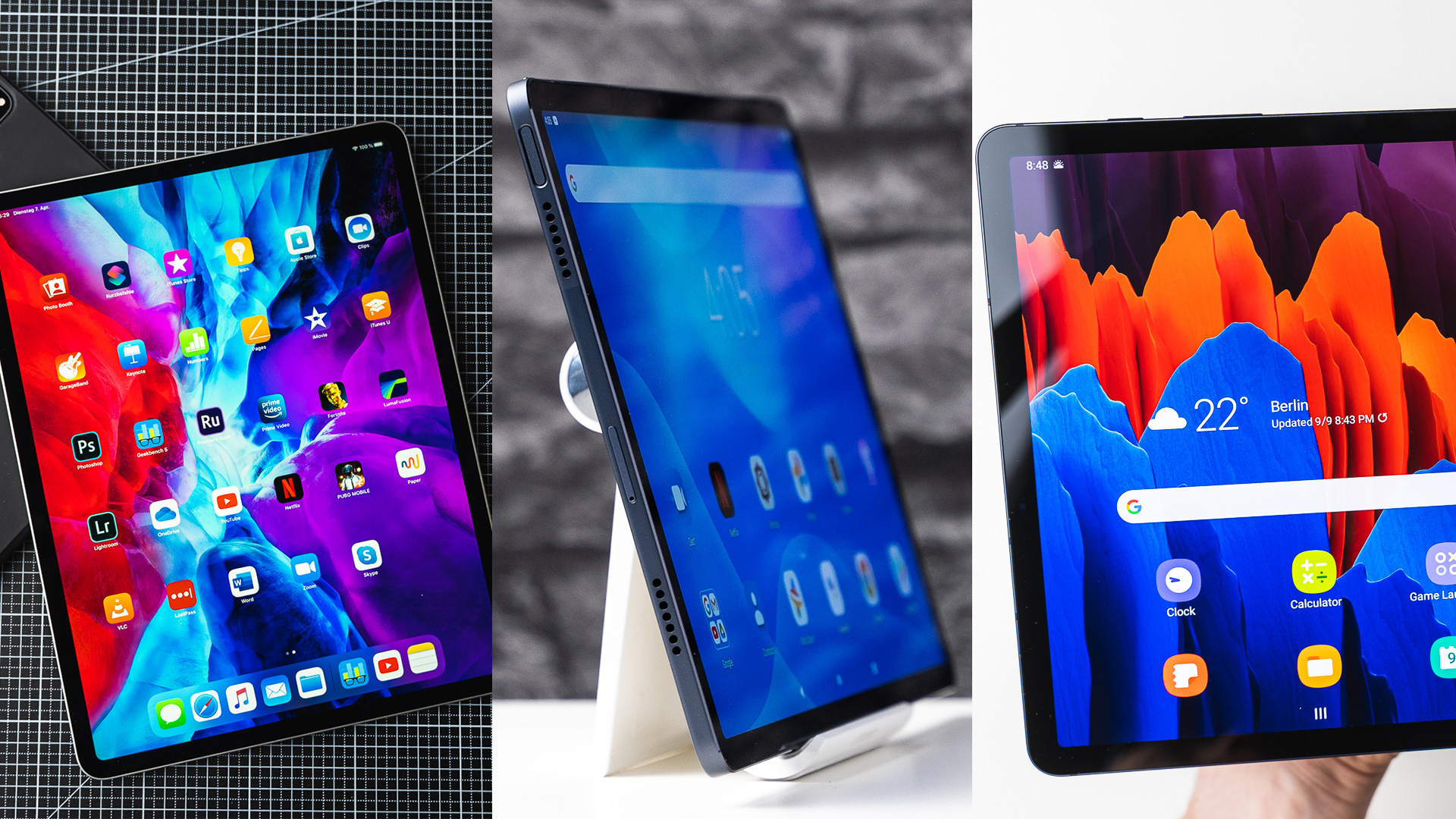
 The Best6 months ago
The Best6 months agoTop 7 Best Large Screen Tablets Tested | 2024 Edition

